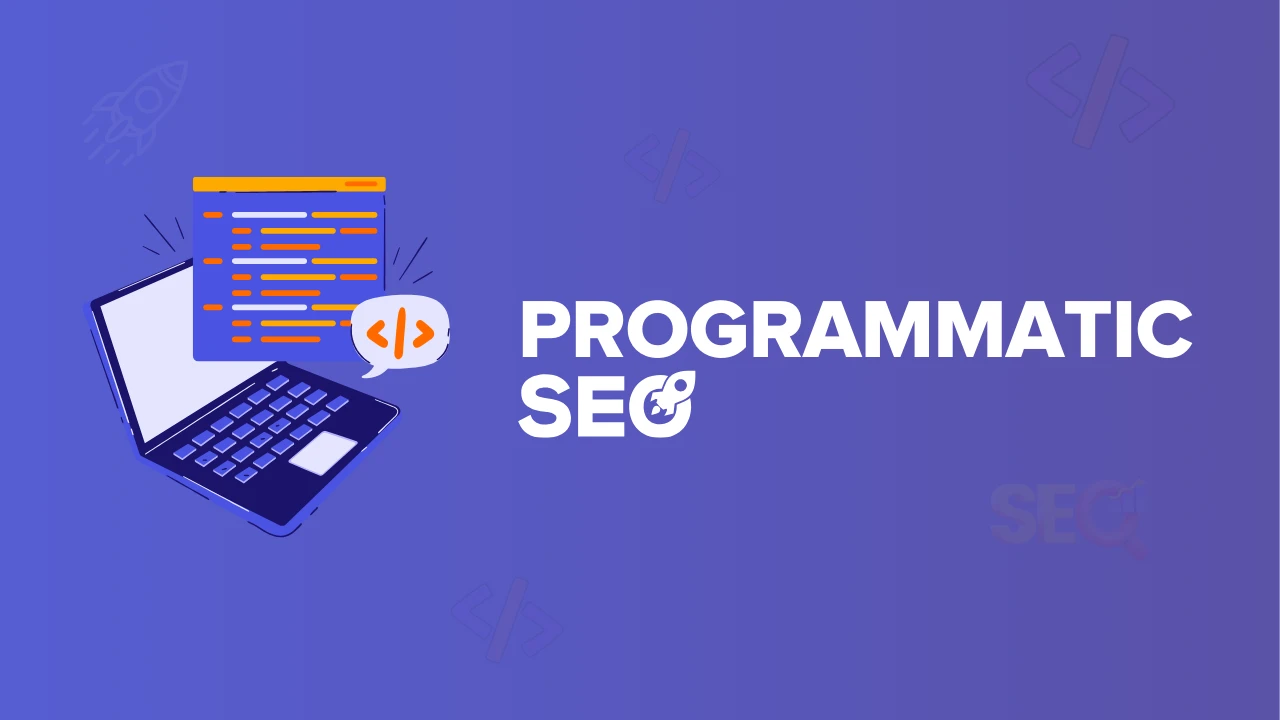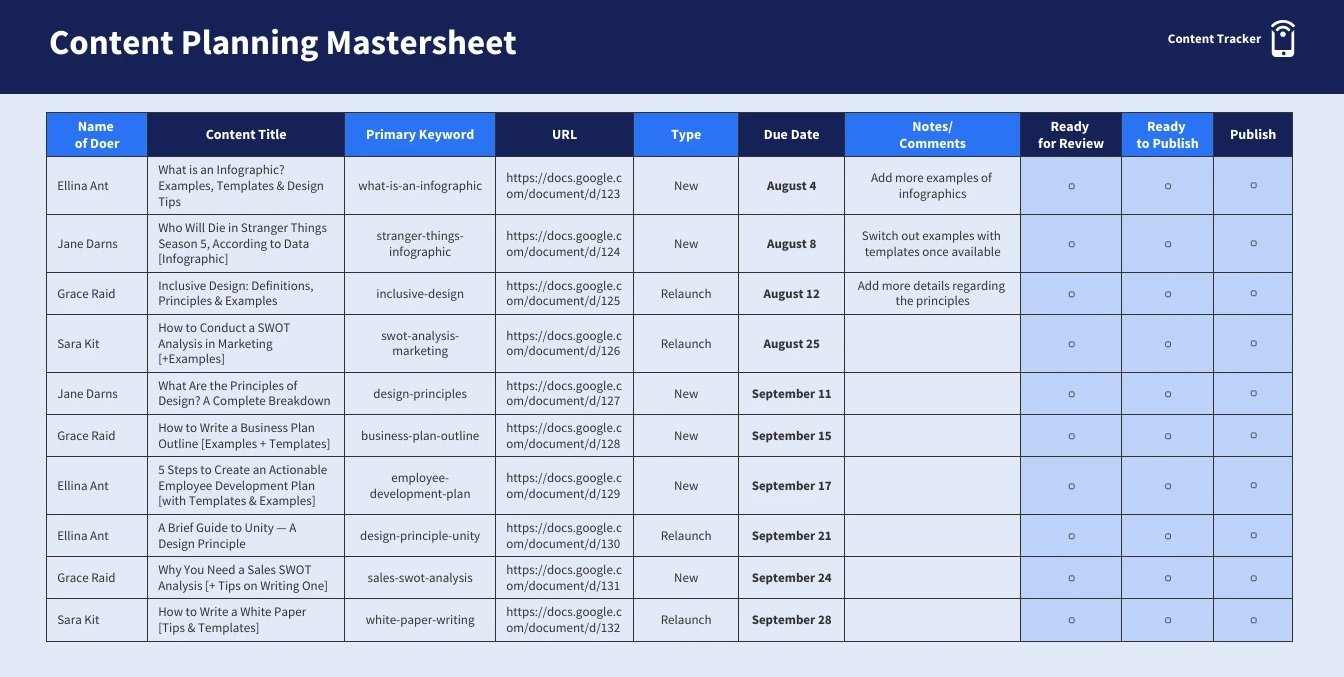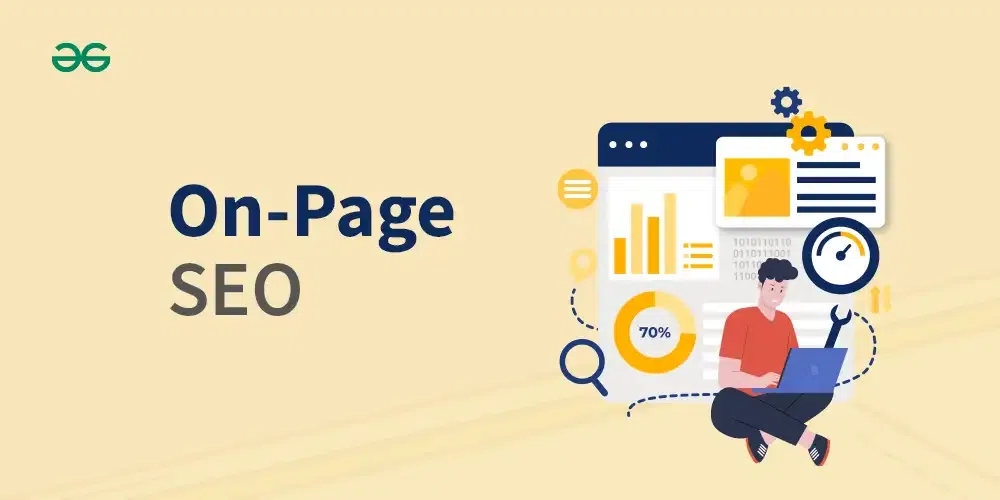Programmatic SEO is a powerful approach to scaling organic search traffic by automating the creation of large amounts of optimized content, usually for websites that require a high volume of landing pages, such as e-commerce, directories, or news sites.
This technique can help your news site rank for thousands of long-tail keywords, increase organic reach, and boost overall site authority. Here, we’ll break down what programmatic SEO is, how to use it on a news site, and the specific functions it serves.
1. Understanding Programmatic SEO

Programmatic SEO is the practice of using automated methods to create multiple pages, each targeted at different long-tail keywords. These pages are generated from a data-driven template, which allows you to quickly produce a large volume of relevant content.
The goal is to target low-competition, high-intent search queries—typically long-tail keywords that can be monetized through affiliate marketing, ad placements, or increasing visibility and reader engagement.
2. Steps For Implementing Programmatic SEO
Here are few key steps for implementing programmatic SEO
Step 1: Keyword Research

a- Identify Long-tail Keywords:
Start by identifying long-tail keywords that have high search volume but low competition. In the context of a news site, this could mean focusing on niche topics, questions, or trending issues that have a lower presence in mainstream media.
b- Cluster Keywords by Topic:
Group related keywords together to help create templates and structure the articles efficiently. For example, if you run a news site focused on health, you could cluster keywords like “latest health regulations 2024” or “city-by-city health updates.”
Step 2: Data Collection

a- Scrape Relevant Data:
Programmatic SEO works best with structured data. Scrape data from reliable sources that provide information relevant to your news site. For instance, government databases, statistical data, sports scores, or trending topics from social media can provide excellent content sources.
b- APIs:
Use APIs from trustworthy platforms such as government sites, weather databases, or finance websites to gather updated information.
Step 3: Content Templates

a- Create a Template:
Develop a content template that can be used to auto-generate articles. This template should include title tags, meta descriptions, headers, and content sections. Use placeholders for dynamic data. For example, for a news site covering weather updates, the template could include placeholders like [City], [Date], [Temperature], and [Weather Condition].
b- Dynamic Content:
Ensure that each template page includes unique content wherever possible, such as different angles or relevant local statistics, to avoid duplicate content issues and provide more value.
Step 4: On-Page Optimization

a- Title and Meta Descriptions:
Use your keywords in the title and meta descriptions to enhance search visibility. The title could include city or event-specific terms like “Breaking News: [Event] in [City] – Latest Updates.”
b- Headers and Alt Text:
Incorporate long-tail keywords in H1 and H2 tags. For any images, include relevant alt text to optimize for image search.
c- Internal Linking:
Ensure your templates include internal links to related articles or other parts of your news website. This helps with indexing and provides more value to the reader.
Step 5: Generate and Publish Pages

a- Programmatic Publishing:
Use automation tools or scripts to generate pages using your template. Google Sheets, Python scripts, and content management systems (CMS) with plugins are popular options for automated content generation. For example, if you’re creating pages with local weather reports, the automation script can pull data from your source and automatically publish pages like “Weather in [City] for [Date].”
b- Content Validation:
Before publishing, review a sample of the pages to ensure quality. Make sure all dynamic content placeholders have been replaced accurately.
Step 6: Technical SEO Considerations

a- Site Structure:
Ensure that your site structure is easy to navigate, which means your programmatic pages should be well-organized in a hierarchy. Use subdirectories like `/news/[category]/[article]` for clarity.
b- Canonical Tags:
Use canonical tags to indicate the primary version of a page if you have similar articles, which helps prevent duplicate content issues.
c- Page Speed and Mobile Optimization:
Ensure your site is mobile-friendly and loads quickly. Most news sites receive a significant amount of traffic from mobile users, and Google considers page speed a key ranking factor.
Step 7: Monitoring and Updating

a- Performance Tracking:
Use Google Search Console and Google Analytics to track the performance of your programmatic pages. Monitor impressions, click-through rates (CTR), and bounce rates to determine what’s working.
b- A/B Testing:
Run A/B tests with different templates, meta descriptions, or content formats to optimize your pages further.
c- Regular Updates:
Update programmatic pages with fresh data to keep them relevant, particularly for news articles where information changes over time.
3. Use Cases for Programmatic SEO on a News Site

a. Local News Reporting
Create automated pages for each location, focusing on local news and events. This could include school closures, city council updates, or crime reports in a particular area. For example, a page titled “Local News in [City] – October 2024” can be dynamically generated for hundreds of cities.
b. Category Pages for Trending Topics
Automatically generate category pages for trending news topics. If a new topic is gaining traction (e.g., a new policy or major international event), programmatic SEO can help generate detailed coverage across various angles—like a page for “Impact of [Policy] on [Industry] in [Country].”
c. Sports Results
Create pages with dynamic sports results, schedules, and analyses for different matches. A sports news site could automatically generate pages for “Team A vs. Team B: Match Analysis, Score, and Highlights.”
d. Event and Date-based Pages
Programmatic SEO is also highly effective for creating event-specific landing pages. For example, for coverage related to holidays or festivals: “What’s Open on [Holiday] in [City]” or “Events on New Year’s Eve in [City].”
4. Functions of Programmatic SEO in News Sites

a- Scalable Content Creation:
It allows for the generation of hundreds or thousands of pages in a fraction of the time required for manual content creation. This can be useful for keeping up with the fast pace of news.
b- Targeting Long-tail Keywords:
The news space can be competitive, especially for major breaking stories. Programmatic SEO helps news sites rank for long-tail keywords, which often relate to very specific queries. This can help you dominate less competitive, niche searches.
c- Data-Driven Content:
News sites thrive on data, whether it’s statistics, trends, or other forms of structured information. Programmatic SEO uses these data sources effectively, generating content that is both informative and optimized for search engines.
d- Improved User Engagement:
Providing highly relevant, location-specific, or event-specific content helps users find what they are looking for quickly, thus improving engagement and reducing bounce rates.
5. Tools to Use for Programmatic SEO

a- Google Sheets and Scripts:
Great for simple automation tasks like creating URLs and meta descriptions.
b- Python:
Libraries such as Beautiful Soup or Selenium are ideal for scraping data and creating automated content scripts.
c- CMS Plugins:
WordPress plugins like WP All Import can help generate content from CSVs or XML feeds.

Programmatic SEO is an excellent approach for news sites looking to expand their organic reach and cover various topics. Using structured templates and automation, news publishers can produce relevant content at scale, target long-tail keywords, and engage with a broader audience. The key is balancing automation with quality content—programmatically generated pages should still be valuable, accurate, and engaging to readers. With the right setup, programmatic SEO can significantly boost the visibility and authority of your news site.













